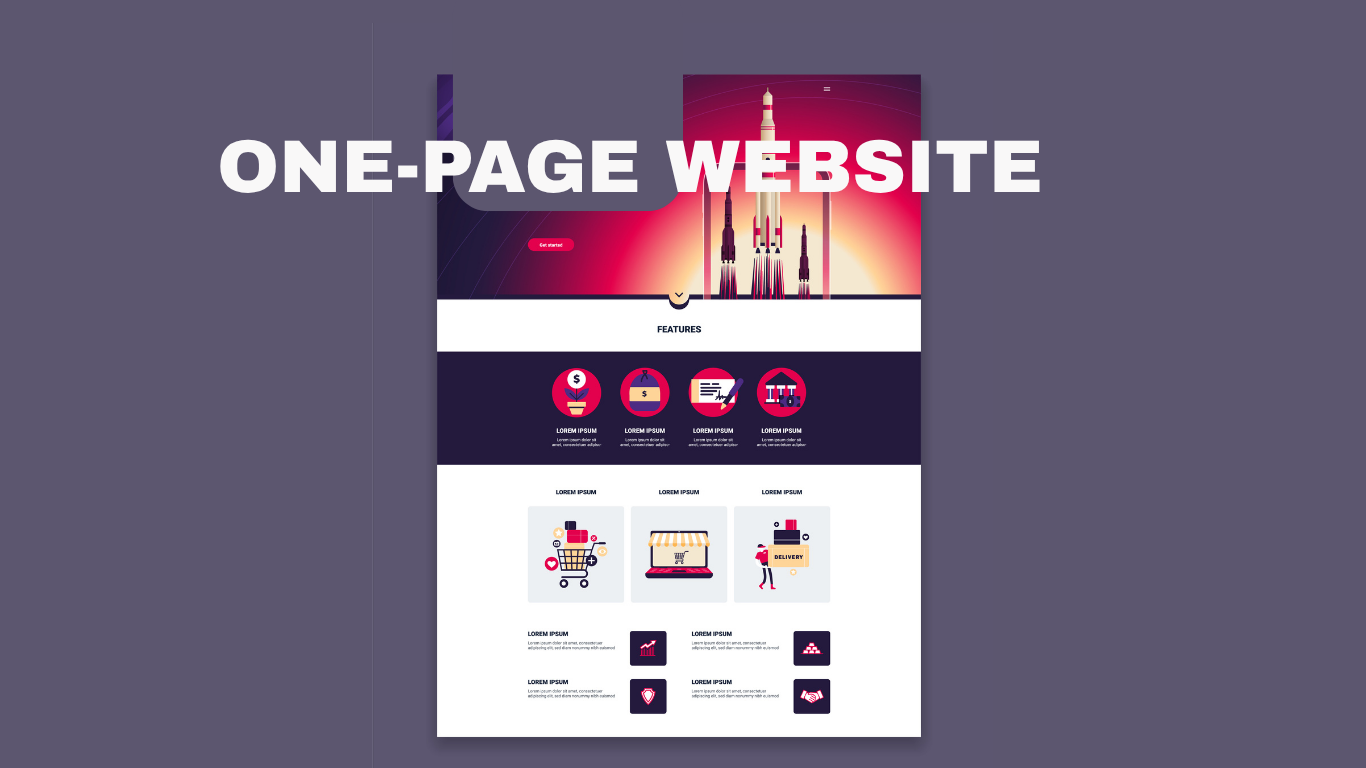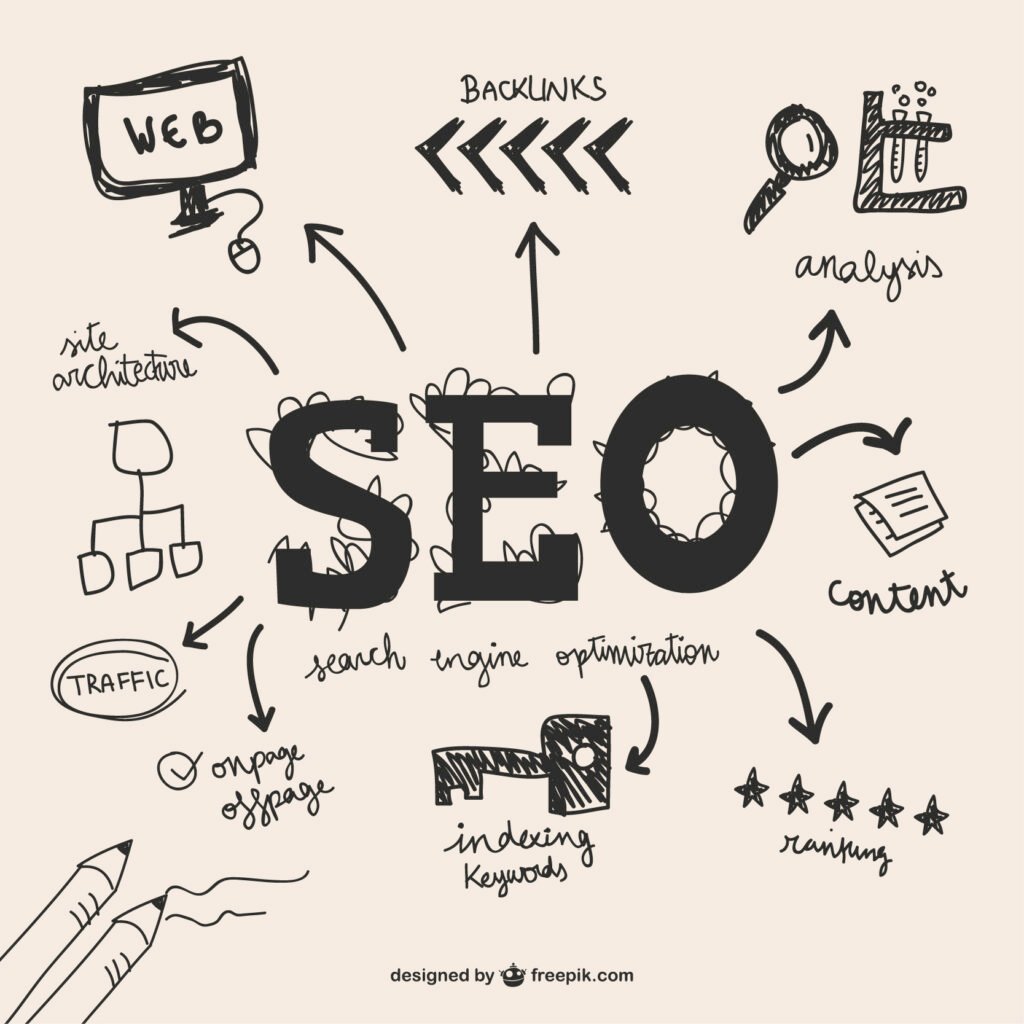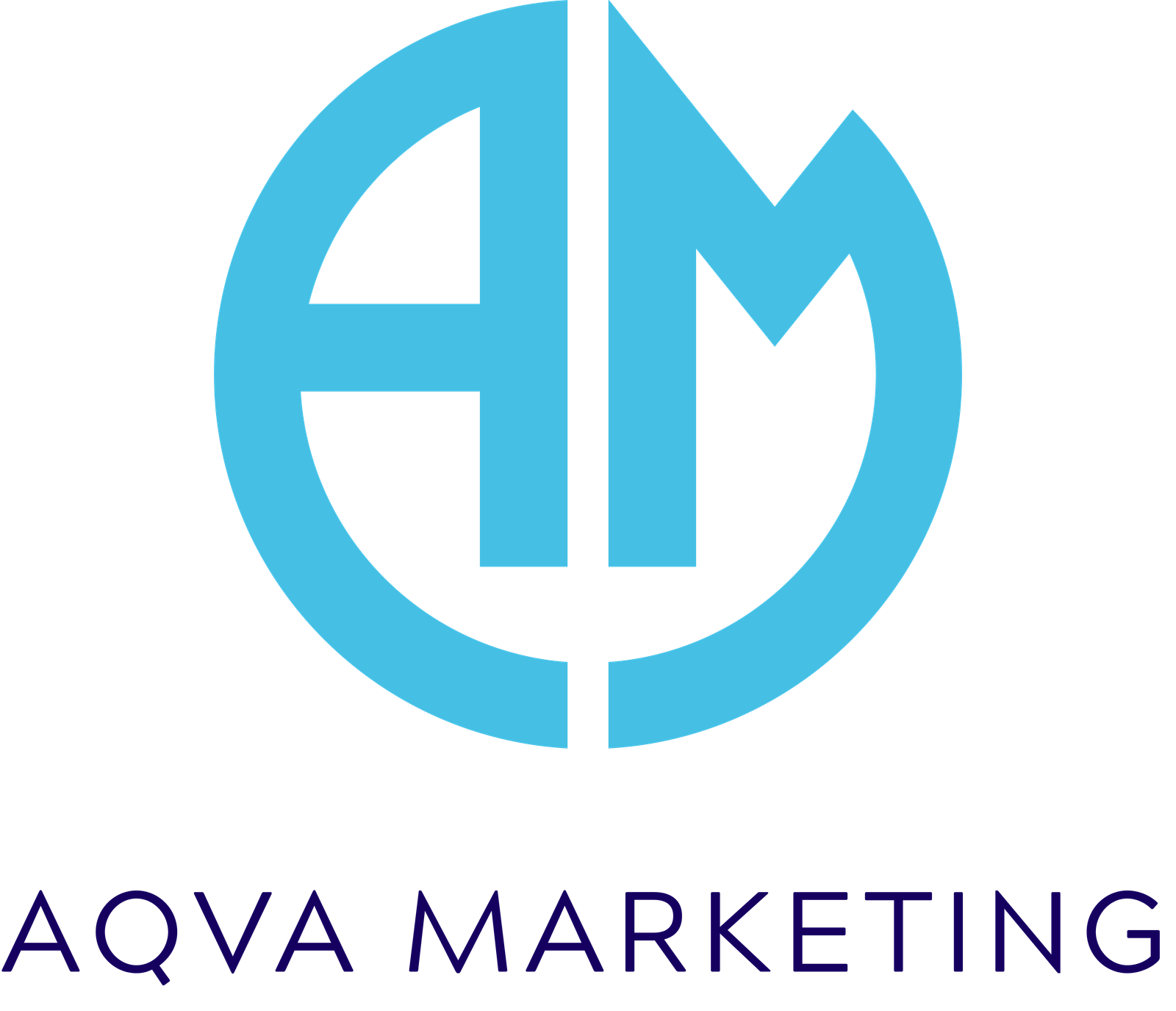
If you’re wondering, “Is a one-page website bad for SEO?”, you’re not alone, and the answer to this question isn’t a simplistic yes or no. Startups, solopreneurs, or small businesses that seek sleek, simple, and fast-loading websites are often confronted with this dilemma. You want everything in one place, with just the essentials and without any fluff.
But the issue is that SEO isn’t just about simplicity. You need SEO to make your site discoverable and relevant.
At Aqva Marketing, we often help clients weigh the pros and cons of a one-page website. We’ve seen them work beautifully… and we’ve also seen them hold back amazing brands from reaching their full digital potential.
In this blog, we’ll explore what a one-page website is, its limitations, the hidden strengths, and most importantly, how to do SEO the smart way if you choose this layout.
What Is a One-Page Website?
A one-page website is exactly what it sounds like: it’s a single HTML page that contains all the content. Instead of having multiple inner pages like “About Us”, “Services”, “Blog”, etc., users can simply scroll down to sections within the same page.
Visually, it can be stunning.
They’re especially popular among:
- Freelancers and consultants
- Startups with minimal offerings
- Portfolio-based professionals (designers, photographers, etc.)
- Product landing pages
But while the aesthetics and user experience can be compelling, their SEO can be very challenging.
Is a One-Page Website Bad for SEO?
Let’s be brutally honest. One-page websites aren’t inherently “bad” for SEO, but they’re surely more limiting.
Here’s why.
1. Limited Keyword Targeting
This is the biggest hurdle. With just one page, you have only one URL to optimize.
That means:
- You can’t target multiple long-tail keywords effectively
- You’ll struggle to rank for a diverse range of search intents
- Content can feel cramped or keyword-stuffed if not balanced carefully
For example, say you run a digital marketing consultancy. Ideally, you’d want to rank for:
- “SEO services for startups”
- “Content marketing for eCommerce”
- “Local SEO agency in Varanasi”
But on a one-page site, trying to rank for all these will confuse search engines and dilute your keyword strength.
2. Weaker Content Depth
Google loves depth and context. A blog section, FAQs, case studies, and testimonials all contribute to semantic relevance.
A one-page website usually doesn’t provide enough room to:
- Dive deep into service descriptions
- Include case studies or client results
- Answer common customer questions
- Provide long-form thought leadership content
In short, Google has less to crawl, less to index, and less to rank.
3. Limited Backlink Opportunities
Here’s something most people don’t realize: Backlinks don’t just build domain authority, but they build page authority as well.
When you have multiple pages, different pages can acquire backlinks based on relevance. But with a one-pager?
- All backlinks go to the same URL
- It’s harder to justify outreach without link-worthy content
- You can’t leverage internal linking to boost other URLs
According to Backlinko, pages with rich, in-depth content are more likely to attract high-quality backlinks. That’s hard to do when you only have one page.
4. User Experience and Scroll Fatigue
A well-designed one-page site can look elegant. But too much info on a single page may overwhelm the users. Especially on mobile.
- Long scrolls feel tedious
- Users may bounce before reaching key content
- CTAs might get buried
Google does take user behavior metrics (like bounce rate and time on page) into account. If people aren’t engaging, rankings drop.
Advantages of a One-Page Website
Absolutely. Not everything is bad about it. One-page websites can work for SEO if you are using them strategically.
Here’s where they shine:
1. Faster Load Speeds
Less content means faster loading time. And speed is a direct ranking factor. According to Google’s Core Web Vitals, sites that load in under 3 seconds see up to 32% fewer bounces.
2. Strong Mobile UX
With responsive design, one-pagers can feel intuitive on smartphones. There is no need to tap multiple links. Your audience can just scroll and consume.
3. Clear, Focused Messaging
If you have a single product launch or a limited-time service campaign, one-page sites are perfect for you. The users aren’t distracted, and it can lead to more conversions.
How to do SEO on a One-Page Website

If you have a one-page design and want to get the best possible SEO results, here’s how to do it right:
1. Segment with Clear Anchor Links
Structure your content with HTML anchors so that the search engines recognize distinct sections (like “Services”, “Testimonials”, “Contact”).
And ensure that you optimize each section with its own keyword.
2. Use Header Tags (H1, H2, H3) Wisely
Many one-page sites go visually rich but forget semantic structure. Use H1 for the main headline, then H2 and H3 for subsections.
This helps Google understand the hierarchy of content.
3. Add Schema Markup
Implement structured data (like LocalBusiness, Product, FAQ) using Schema.org. This makes your site more understandable to search engines, even without multiple pages.
4. Make the One-Page Website Lightning Fast
Compress images. Use minimal scripts. Lazy-load assets. Speed can give your one-pager an edge over bloated multipage competitors.
Tools like Google PageSpeed Insights and GTmetrix are your best friends here.
5. Leverage a Blog (If Possible)
Here’s a golden tip: even if your main site is one-page, add a blog section using WordPress or another CMS.
This way, you maintain the clean aesthetic while still:
- Targeting long-tail keywords
- Building content depth
- Generating backlinks
At Aqva Marketing, we often advise clients to treat blogs like their SEO gym; it’s where the real strength is built.
So… Should You Go for a One-Page Website?
It depends.
Choose a one-page site if:
- You have a narrow focus or limited offerings
- You’re launching a new product or campaign
- Your goal is high-conversion, low-traffic engagement
Avoid it if you:
- Want to rank for multiple keyword clusters
- Plan to scale services or products
- Want to build a content-rich brand presence
And remember, design should never compromise discoverability.
Final Thoughts: Form or Function? Choose Both.
So, a one-page website isn’t necessarily bad for SEO. But it is harder to rank if you’re not playing smart.
One-pagers are like minimalist architecture; they are beautiful, but not always practical for complex use. If you want both beauty and function, talk to experts like Aqva Marketing. We specialize in building SEO-friendly one-page sites that don’t just look great, but they get found.
